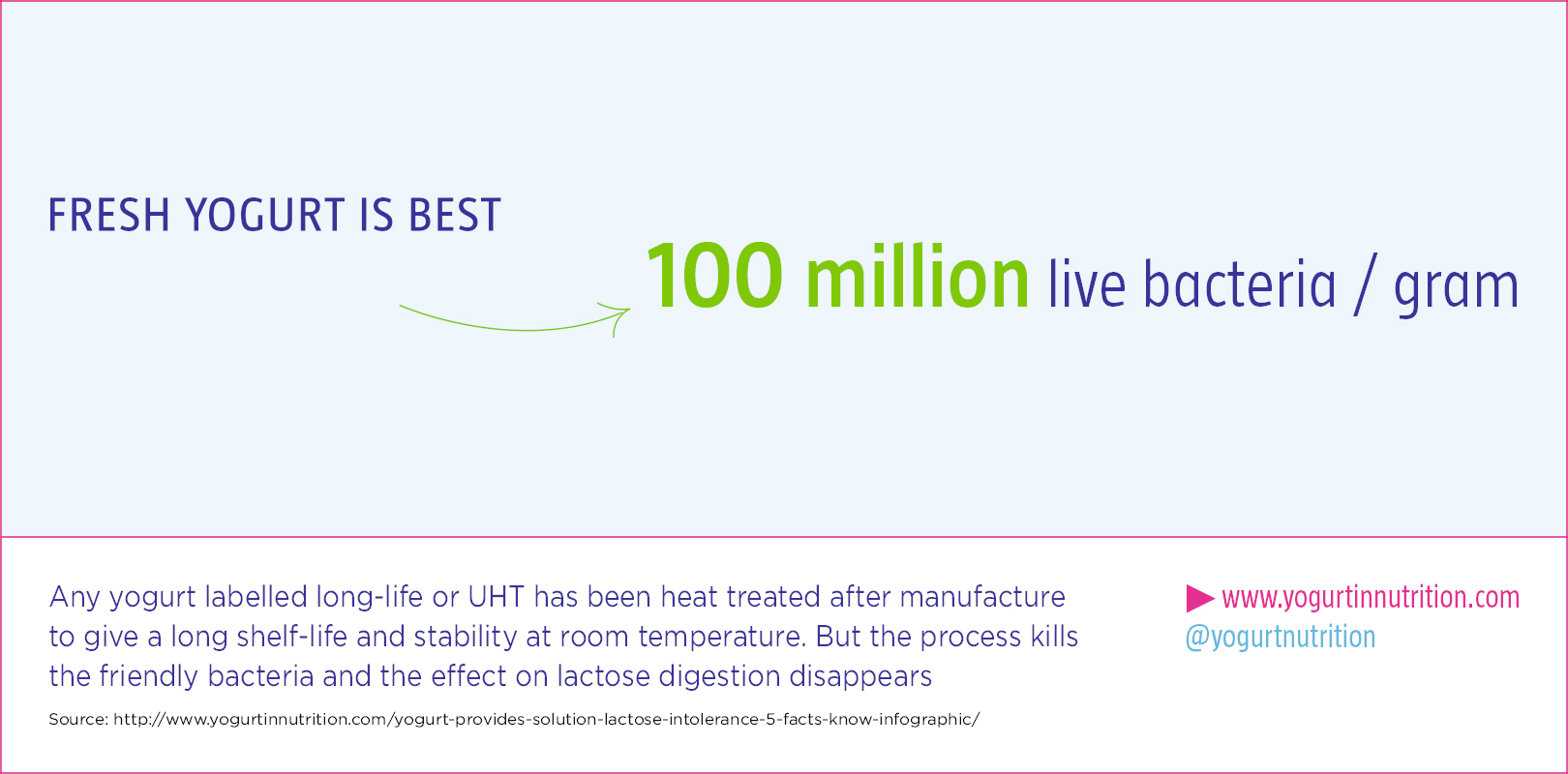An US study found that yogurt, high in proteins, improved appetite control, satiety, and reduced subsequent food intake in healthy women.
A randomized crossover study examined the influence of proteins in yogurt, eaten as an afternoon snack, on appetite control and the timing of the next meal in 15 American, healthy women (18-50 years) with a body mass index between 18 and 27. For three days the participants ate 160 kcal of yogurt, whereas the control group had no snack at all.
The yogurt servings were categorized as low, moderate or high in protein level: 5g (LP), 14g (MP) and 24g (HP) respectively. The next day, they had breakfast (300kcal) and lunch (500 kcal), three hours after breakfast the subjects consumed a snack and every 30 minutes their feeling of hunger was evaluated. Afterwards, they could decide whether they wanted to eat dinner or not.
Yogurt as a healthy snack
Regardless of its protein content, eating a yogurt as a snack reduced the feeling of hunger, improved the feeling of fullness and delayed time for the next meal, but high-protein yogurt showed a better overall effect. In addition, the calorie intake during the next meal was lower after a yogurt snack than without a snack. The authors conclude that consuming Greek yogurt (containing 24g of proteins) as an afternoon snack, improved appetite control, satiety, and reduced subsequent food intake more than low-protein yogurt (5g of proteins) and may prevent overeating in the evening.












